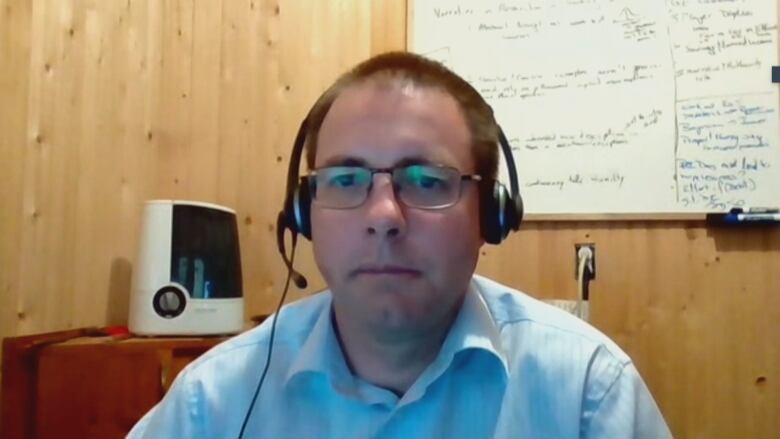December jobs report raises concerns about uneven recovery
Compared to this time in 2019, Sask. has 25,600 fewer people employed.

Statistics Canada's December jobs report shows that employment is getting harder to find in Saskatchewan and around the country.
Between November and December, the province lost 6,700 jobs and unemployment rose from 6.9 per cent to 7.8 per cent.
The labour force also declined by 1,300 in that period of time.
For Jason Childs, an associate professor of economics at the University of Regina, that is a concerning combination.
"I was surprised to see the unemployment rate rise as much as it did given that we're seeing a reduction in labour force participation," he said.
Childs says that is bad news.
"It means a lot of people who were looking before or were working before have given up and aren't even participating in the labour force. They're not even trying to find replacement jobs. A lot of those people, I suspect, have just gone home and battened down the hatches."

These job losses came as the province implemented new public health restrictions in November and December which affected bars and restaurants, retail businesses and event venues.
Childs calls the job losses that coincided "a side effect of the medication we have been prescribed."
In Saskatchewan, 1,300 people working in accommodation and food services lost their jobs from November to December, according to Statistics Canada.
"It's hard for a restaurant or other business with such thin margins to make a go of it and maintain all their employees with a significantly reduced capacity," Childs said.
"And it's not just the restrictions it's the attitude we're asking people to adopt of staying home, not going out and minimizing your social contacts."
Childs says these measure are important for reducing the spread of COVID-19, but they are going to have a negative impact on businesses that are attempting to stay open.
Young workers in Saskatchewan have faced a particular challenge this year, as unemployment in people ages15 to 24 has risen and labour force participation has dropped off.
Given which industries and segments of society are struggling most right now, Childs thinks the province may be headed for an uneven recovery in the months ahead.
"I have a fear that it's really shaping up to be what's called a K-shaped recovery," he said.
"You get that initial drop in employment and economic activity overall. And then you see a subgroup of the labour market really recover quite quickly and give you the upturned swoop of the K. They'll return to pre-COVID, pre-crisis levels.
"But it's also looking like there may be a lower limb of that K, which is lower skilled service industry workers, people at that first rung in the employment ladder, getting shut out or having to endure more hardship for longer."
In the long term, Childs believes the federal and provincial government can help bolster recovery across the board by cutting through regulatory red tape and prioritizing support for small businesses.
Compared to this time last year, Saskatchewan has 25,600 fewer people employed, according to Statistics Canada.
These numbers are seasonally adjusted.












_(720p).jpg)


 OFFICIAL HD MUSIC VIDEO.jpg)
.jpg)



























































































